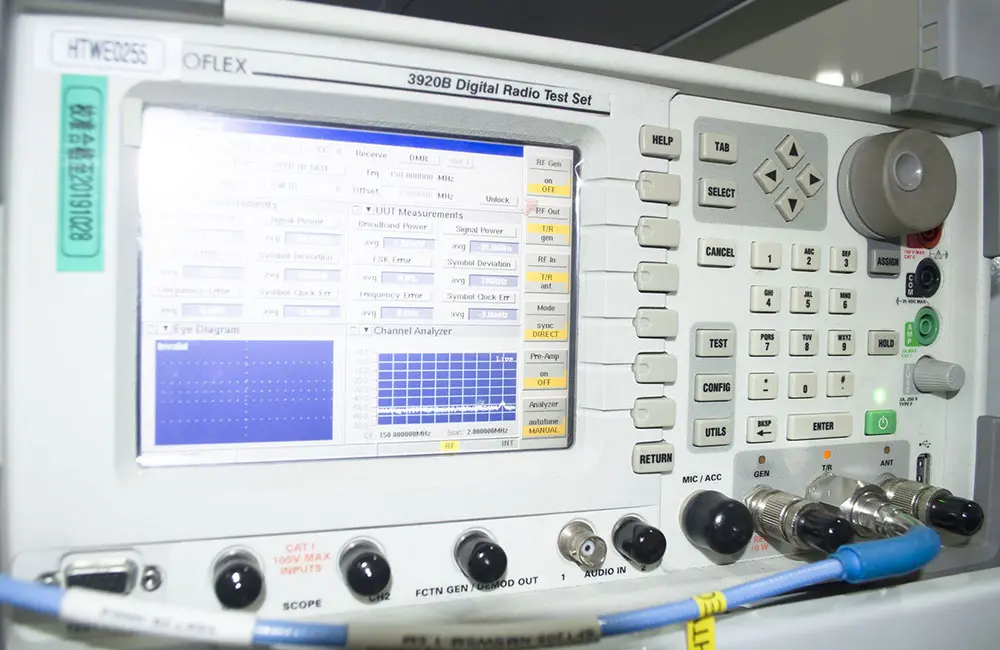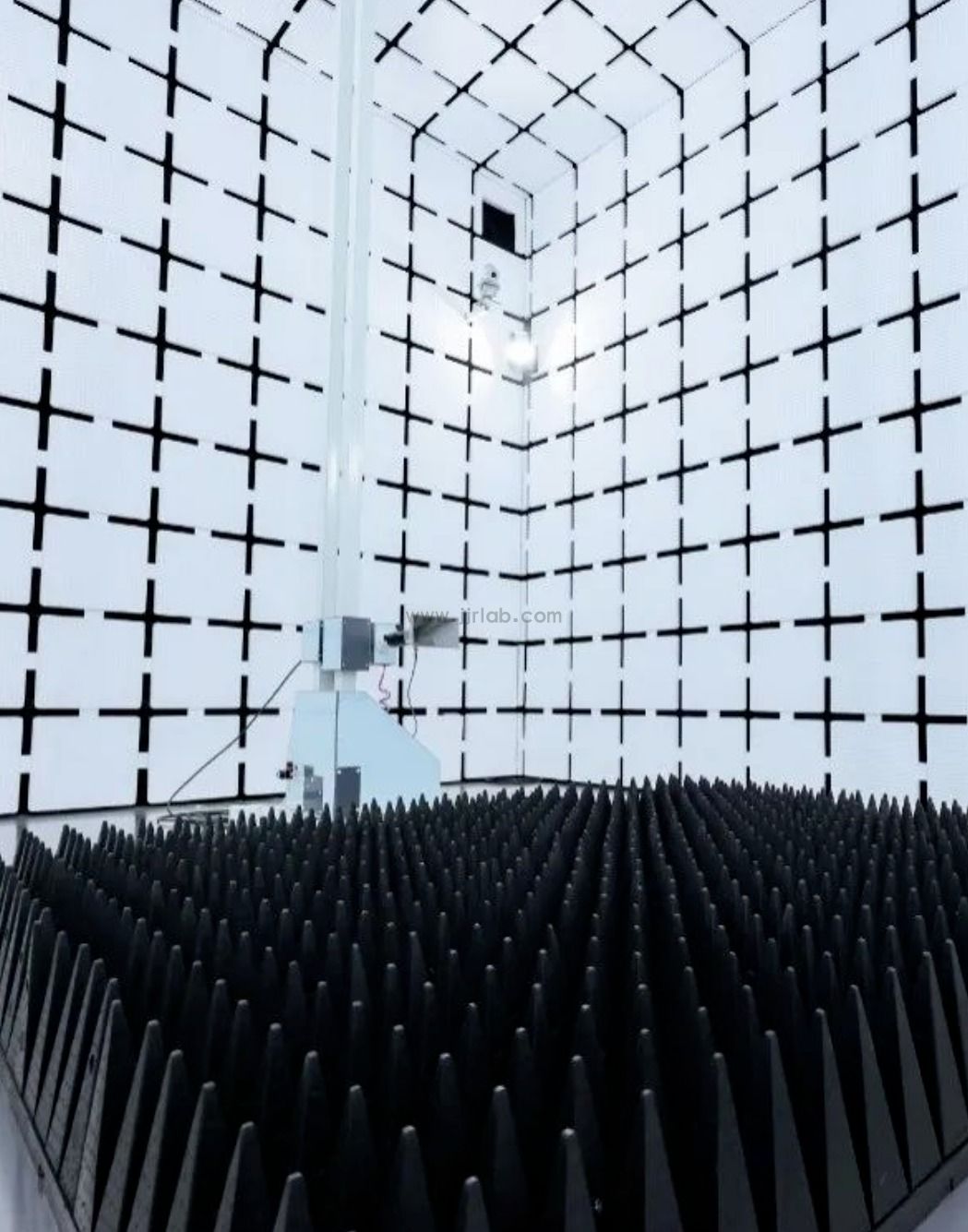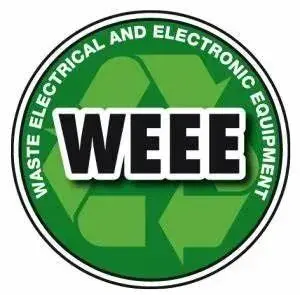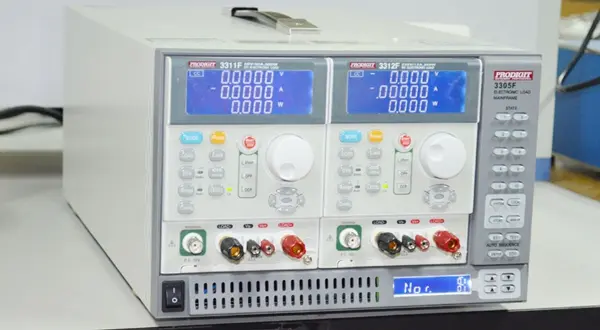
USB Type-C Compliance with EN IEC 62680
EN IEC 62680-1-3 specifies the requirements for USB Type-C cables and connectors, while EN IEC 62680-1-2 outlines the fast-charging protocol based on the CC channel in Type-C connectors. Below are the detailed descriptions:

EN IEC 62680-1-3
Physical Characteristics:
- Pin Definition: Specifies the functional assignment of the 24 pins in a USB Type-C connector, including power pins, data transfer pins, and ground pins, ensuring accurate electrical connections and compatibility between devices.
- Mechanical Structure Requirements: Defines mechanical parameters such as the dimensions, shape, and plug/unplug force of Type-C connectors. For instance, it mandates that connectors must withstand at least 10,000 plug/unplug cycles to ensure durability.
- Dimensional Requirements: Clearly defines the tolerance range for Type-C plug and socket dimensions to ensure physical compatibility across devices manufactuRED by different vendors.
Electrical Performance:
- Power Delivery Capability: Outlines the different power modes and corresponding power transfer capabilities of the Type-C interface. For example, Type-C connectors supporting the USB Power Delivery specification can deliver up to 100W, meeting the charging needs of high-power devices such as laptops.
- Signal Transmission: Specifies electrical signal characteristics for high-speed data transfer, such as signal rise and fall times and eye diagram templates. This ensures stable high-speed data transmission over the Type-C interface, supporting protocols like USB 3.2 and USB4.
- Electromagnetic Compatibility (EMC): Establishes requirements for electromagnetic emissions and immunity. It limits devices' electromagnetic interference with other electronics during operation and ensures stable performance in complex electromagnetic environments.
EN IEC 62680-1-2
Fast Charging Protocol:
- Negotiation Mechanism: Enables communication between power-consuming and power-supplying devices through the CC channel in Type-C connectors. This allows negotiation and adjustment of voltage, current, and charging direction. For example, when a smartphone is connected to a fast charger, the two devices negotiate an appropriate charging voltage and current via the CC channel to enable fast charging.
- Power RULes: Defines charging voltage and current ranges for different power levels. For example, in low-power charging mode, the voltage might be 5V and the current 2A, while in high-power fast charging mode, the voltage can increase to 20V and the current to 5A.
- Safety Protections: Includes safety mechanisms such as over-voltage protection, over-current protection, short-circuit protection, and over-temperature protection. These safeguards ensure safety during charging by automatically cutting power or adjusting parameters in the event of abnormalities, preventing harm to devices and users.
Applications
- Consumer Electronics: Devices like smartphones, tablets, digital cameras, headphones, headsets, portable speakers, handheld gaming consoles, and e-readers. Starting December 28, 2024, electronic products sold in EU member states must feature USB Type-C charging interfaces compliant with EN IEC 62680-1-3 and support fast charging technologies compliant with EN IEC 62680-1-2.
- Computers and Peripherals: Laptops sold in the EU from April 28, 2026, must include USB Type-C ports. Additionally, peripherals like keyboards and MICe are increasingly adopting Type-C interfaces for easier connectivity and charging.
- Docking Stations and Adapters: Devices like docking stations for connecting computers to multiple peripherals, and Type-C to HDMI or Type-C to VGA adapters, must comply with EN IEC 62680 standards to ensure compatibility and stable performance across devices.
Email:hello@jjrlab.com
Write your message here and send it to us
 What is the meaning of EMC?
What is the meaning of EMC?
 Why EMC Test Is Required?
Why EMC Test Is Required?
 What is the Difference Between EMI and EMC?
What is the Difference Between EMI and EMC?
 What is the difference between CE EMC and CE LVD?
What is the difference between CE EMC and CE LVD?
 What Is the EU WEEE for Electronic and Electrical
What Is the EU WEEE for Electronic and Electrical
 What Is the ASTM D4316-95(2016) Hot Water Bottle T
What Is the ASTM D4316-95(2016) Hot Water Bottle T
 Amazon Electric Massager UL1647 Test Report
Amazon Electric Massager UL1647 Test Report
 What Is IEC 60068-2-5:2018 Solar Radiation Test?
What Is IEC 60068-2-5:2018 Solar Radiation Test?
Leave us a message
24-hour online customer service at any time to respond, so that you worry!




